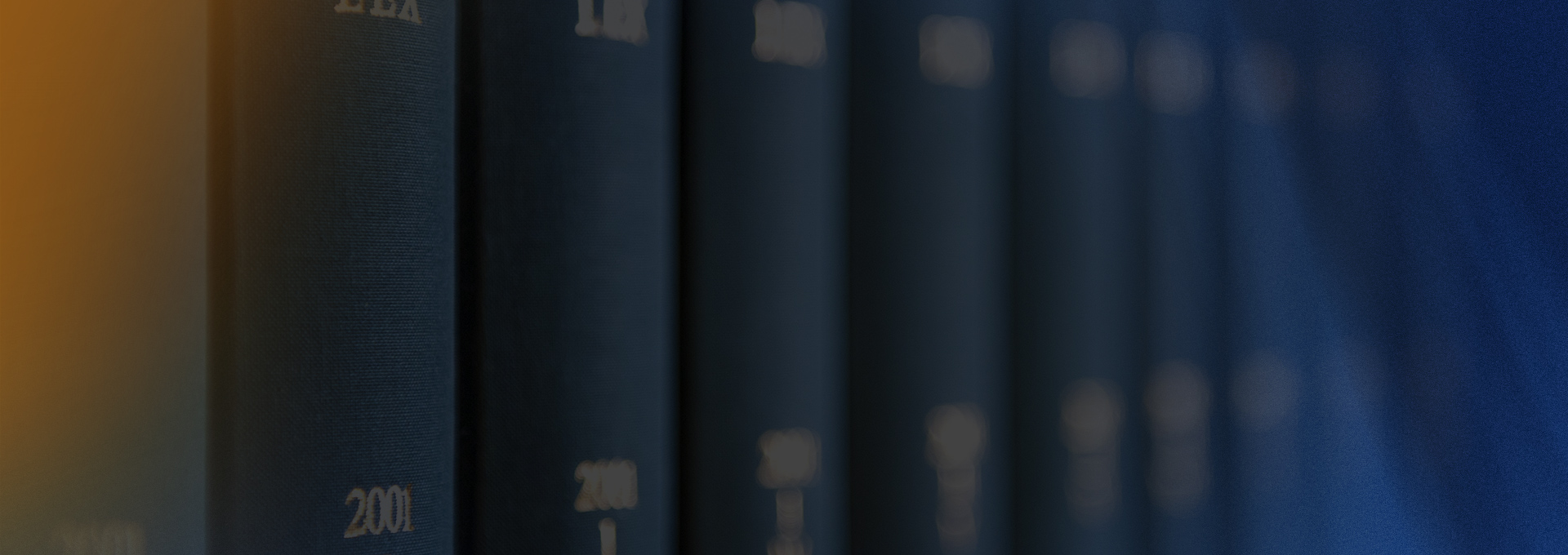Why the Threats to Elon Musk & Tesla Can Be Crimes
The FBI has created a Tesla task force to investigate threats and attacks targeting Tesla as a company, Tesla owners, Tesla cars and Elon Musk. The destruction of cars and bombs are easy to identify as crimes. But is doxxing Tesla owners, threatening them with attention and potentially harm and making threats to Elon Musk also criminal? Or is it protected by the First Amendment? The short answer is "yes". The 1st Amendment protects ideas, speech and expression. It does not provide a shield to true threats. Saying "Give me your money or I will hurt you" is not 1st Amendment protected.
Harsh Speech or a True Threat?
The Supreme Court has addressed the line between true threats and coarse speech many times had has specified three different reasons that a true threat is not protected. The reasons are rather obvious. Threats are not protected because there is need to protect “individuals from the fear of violence, from the disruption that fear engenders, and from the possibility that the threatened violence will occur.” (R.A.V. v. City of St. Paul, 505 U.S. 377, 388 (1992))
Watts v. United States, 394 U.S. 705 (1969) was decided in 1969, a time of great upheaval and protest against the War in Vietnam. In that case the Supreme Court made it clear that you can threaten someone and be protected by the 1st Amendment. You are unprotected only if you are making a “true” threat. In this case the defendant expressed his opposition to the military draft at a public rally, saying, “If they ever make me carry a rifle, the first man I want to get in my sights is L.B.J.” (LBJ was Lyndon Baines Johnson, the President who seriously escalated the War in Vietnam) He was convicted of violating a federal statute that prohibited “any threat to take the life of or to inflict bodily harm upon the President of the United States.” The Supreme Court reversed.
The threat was an expression of anger but not a real threat. The court held that “The language of the political arena, like the language used in labor disputes, see Linn v. United Plant Guard Workers of America, 383 U. S. 53, 383 U. S. 58 (1966), is often vituperative, abusive, and inexact. We agree with petitioner that his only offense here was "a kind of very crude offensive method of stating a political opposition to the President." Taken in context, and regarding the expressly conditional nature of the statement and the reaction of the listeners, we do not see how it could be interpreted otherwise.”
When speakers target individual Tesla owners, threaten to harm Elon Musk and others there is very little legitimate thought or intellectual content to such statements. Perhaps they are simply expressions of anger but remember in Watts there was only the expression. There was no identifying of home address, no urging people to take action. . Justice Sandra Day O’Connor wrote in 2003 that “True threats ncompass those statements where the speaker means to communicate a serious expression of an intent to commit an act of unlawful violence to a particular individual or group of individuals” (Virginia v. Black, 538 U.S. 343 (2003)).
When a statement urging violence, doxxing or other calls to violence are made in the presence of the intended victim or communicated so that the victim is certain hear of the threats, this may well be a call to violence. The prosecution must prove “that the defendant had some subjective understanding of the threatening nature of his statements” (Counterman v. Colorado 600 U.S. 66 (2023))
The issue of threats is not well established in part because only since we have online communication can threats, doxxing and calls to action be so broadly distributed that undoubtedly some unhinged people will read the communication and potentially be triggered to act. It is likely that the scope of 1st Amendment protections will narrow somewhat and posts and communications that target individuals rather than issues will be more suspect.
Attorney Daniel Horowitz is a highly regarded trial lawyer based in Lafayette, California. Horowitz has an impressive record, having handled over 200 jury trials and secured numerous million-dollar verdicts. He is a Certified Specialist in Criminal Law by the State Bar of California and has represented high-profile clients, including talk show host Michael Savage and actor Al Pacino. Horowitz is also known for his media appearances as a legal commentator on networks like CNN, MSNBC, and Fox News.

